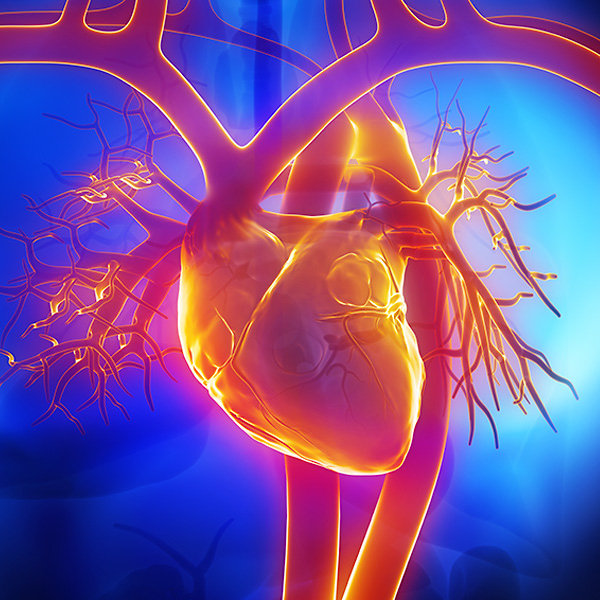Cholesterol Disorders
Overview and Facts about Cholesterol Disorders
Cholesterol, a waxy substance found naturally in the blood, is used by the body to build healthy cells. But when cholesterol levels become too high, patients have an increased risk of heart disease, stroke and hypertension.
When a patient has a cholesterol disorder that results in high levels of cholesterol, which is most common, fatty deposits form in the blood vessels, eventually interfering with blood flow. This is also known as hyperlipidemia.
Less often, patients can have cholesterol levels that are too low, called hypolipidemia. Causes of hypolipidemia can include genetic disorders and malnutrition, among others.
Signs and Symptoms of Cholesterol Disorders
In most cases, cholesterol disorders don’t manifest in obvious symptoms. Once high cholesterol leads to other complications, patients may notice the symptoms of those conditions, such as chest pain, shortness of breath or vision problems.
Sometimes soft, yellowish growths, called xanthomas, develop in those with high cholesterol, especially people who have a genetic predisposition to cholesterol diseases.
Causes and Risk Factors of Cholesterol Disorders
High cholesterol and cholesterol-related diseases often result from inactivity, an unhealthy diet and obesity. Some people may have genetic factors that can lead to higher cholesterol levels.
Risk factors for cholesterol diseases include:
- Eating saturated and trans fat
- Getting older
- Having a body mass index (BMI) of 30 or higher
- Having diabetes
- Not getting enough exercise
- Smoking cigarettes
Low cholesterol levels can be caused by:
- Anemia
- Hypothyroidism
- Liver disease
- Malnutrition
- Rare genetic conditions like abetalipoproteinemia and hypobetalipoproteinemia
- Tangier disease
Tests and Diagnosis of Cholesterol Disorders
Cholesterol diseases are often diagnosed by a primary care physician through a blood test that determines the level of cholesterol in the body.
Called a lipid profile or panel, this blood test determines the level of the patient’s:
- High-density lipoprotein (HDL): known as good cholesterol, HDL transports excess cholesterol to the liver
- Low-density lipoprotein (LDL): known as bad cholesterol, LDL builds up on the walls of the arteries
- Total cholesterol: the total amount of LDL and HDL in the body.
- Triglycerides: a type of body fat that increases the risk of heart disease.
Treatment and Care of Cholesterol Disorders
The best treatment for cholesterol diseases involves lifestyle changes. By increasing exercise, which boosts HDL, and eating a healthy diet, which lowers LDL, patients can lower their cholesterol levels and fight cholesterol diseases. One may also:
- Lose weight
- Manage stress
- Reduce alcohol consumption
- Reduce sodium intake
- Quit smoking
When lifestyle changes aren’t enough, medication may be recommended. Depending on the specifics of the case, this medication could be a:
- Bile-acid-binding resin
- Cholesterol absorption inhibitor
- Statin
PCSK9 inhibitors are a newer class of medications that can lower LDL by helping the liver absorb more cholesterol.
These medications are given as injectables and can work for those patients with very high LDL levels and those who can’t take statins or other cholesterol medications.
When a patient’s cholesterol levels are too low, the underlying condition causing the low cholesterol needs to be treated.

